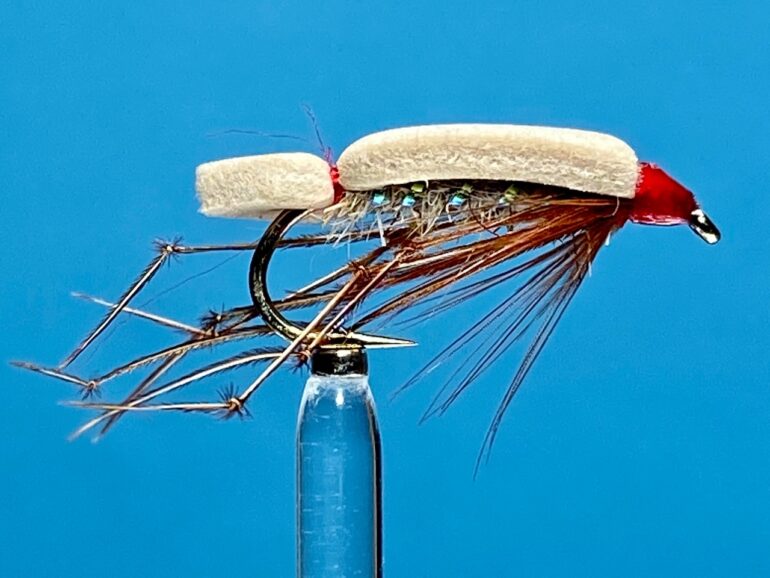
A Fly to Tie and Try for September by Les Lockey
Fly of the Month – September
The Flat Daddy
Hook: Kamasan B830, size 12.
Thread: Red UTC 70.
Back: 4mm. x 2mm. strip of tan foam.
Rib: Fine pearl tinsel.
Body: Hare’s body fur.
Legs: 6 Cock pheasant centre tail fibres, knotted twice.
Hackle: Red game or ginger hen hackle.
TYING
Photo 1. Starting at the eye, wind the thread in touching turns to opposite the barb and remove the excess thread. Cut a piece of 2mm. thick tan foam into a strip 4mm. wide and trim one end to a “V” shape.
Photo 2. With the “V” lying flat and acting as a tail, carefully tie in the foam strip on top of the hook shank. Lift up the foam strip and make a couple of locking thread turns on to the hook shank.
Photo 3. Tie in a length of fine pearl tinsel, and bind it down until directly in front of the foam.
Photo 3. Lightly dub some hare’s body fur onto the thread and wind it up the shank to form a slim body, stopping about 2 mm. from the eye.
Photo 4. Wind the tinsel rib in open spirals over the fur body, secure with thread and remove the excess tinsel.
Photo 5. Tie in 3 knotted cock pheasant tail fibres either side of the shank so the tips extend a short distance past the end of the foam tail. Remove the waste fibre stubs and tidy the area with a few wraps of thread.
Photo 6. Tie in the hackle by its tip and wind on no more than two turns, then secure with thread and remove the excess feather.
Photo 7. Bring the foam strip forward over the top of the dressing and under slight tension, carefully tie it down behind the eye finishing off with a couple of locking turns under the foam.
Photo 8. Carefully trim away the excess foam as close to the eye as possible, form a neat head, whip finish, and cut off the thread. Varnish the head to complete the fly.
Tying Tips
- A flat tying thread is less likely to cut through the foam, but always make a couple of locking thread turns onto the hook shank to avoid excess pressure being applied to the foam.
- For better accuracy and straighter edges, I cut the foam into strips using a scalpel and a metal ruler.
- Leave at least 2 mm. between the end of the body and the hook eye for the legs, hackle, and foam back.
- Despite its name, keep the knotted legs relatively short. They should extend about a tail length past the end of the foam tail.
- To prepare the hackle, firstly, pull off all the fluffy fibres from the bottom of the feather. Now trap the tip of the feather in a pair of fine hackle pliers and gently stroke the remaining fibres backwards and while holding back the hackle fibres, remove the hackle pliers to expose the feather tip. Trim the feather tip to about 1mm. in length and with the good side of the feather facing you, tie in the tip using 2 or 3 secure turns of well waxed thread.
- After tying down the foam at the head, take time to carefully trim away as much excess foam as possible, as this will allow the formation of a neat head.
- Claret bodied or all-black versions are useful colour variations to try.
Fishing Hints
- This dry fly was given to me by English International, Andy Taylor, who reckoned that if he had to choose just one stillwater dry fly to fish throughout the season, it would be the Flat Daddy, which is a ringing endorsement for a rather strange looking fly.
- Despite its looks, this is a hugely versatile pattern that has proved extremely effective on Coldingham Loch, and not just when Crane flies are on the water. It can be fished anytime from May right through to the end of November, given suitable weather.
- It is usually fished on a floating line, either on its own, or on the point with smaller dries on the droppers. It floats all day long and helps keep the smaller dries in the surface. This set up can also be used to help turn over the leader when the wind dies and the water is flat calm, but don’t be surprised if the Flat Daddy out fishes the smaller dries.
- When daddies are on the water, conventional dry daddylonglegs patterns often produce splashy rises and abortive takes, but the Flat Daddy is invariably taken with confidence. I usually fish the pattern on the dropper, with either a standard or a foam bodied dry daddy on the point and regularly see fish drawn to the point fly only to turn away and confidently take the Flat Daddy a moment later.
- For anglers who fish “the washing line” and are perhaps reluctant to use a FAB (foam assisted blob) or a Booby as the buoyant point fly, the Flat Daddy makes an excellent alternative. Used on a floating, sink tip, or intermediate line, it will often account for more fish than the suspended nymphs or buzzers which are usually perceived to be the main target for hungry trout.
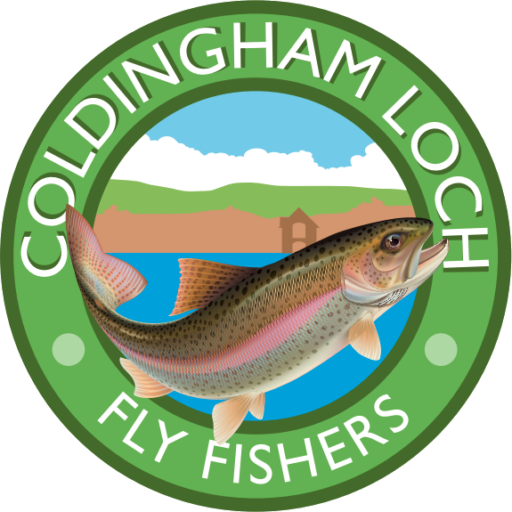


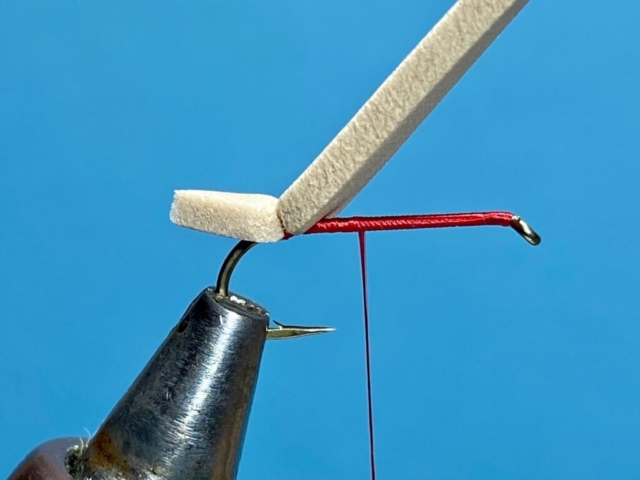
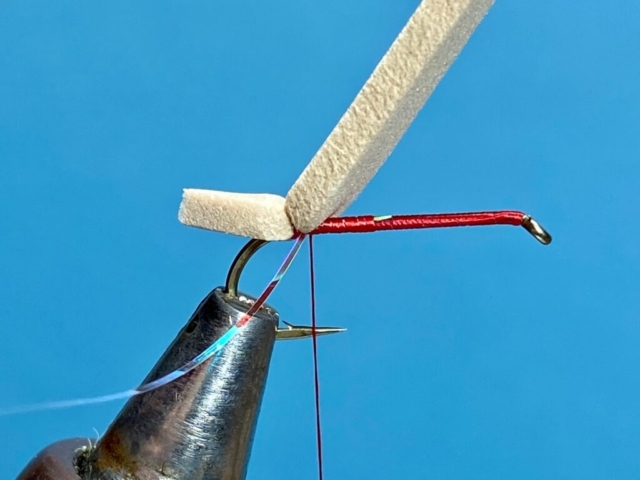

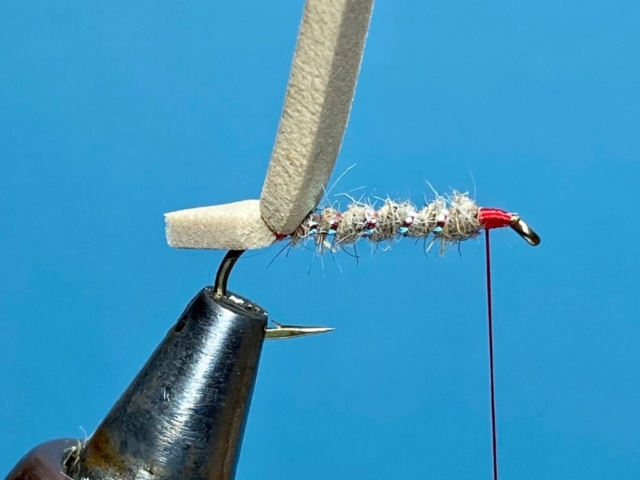

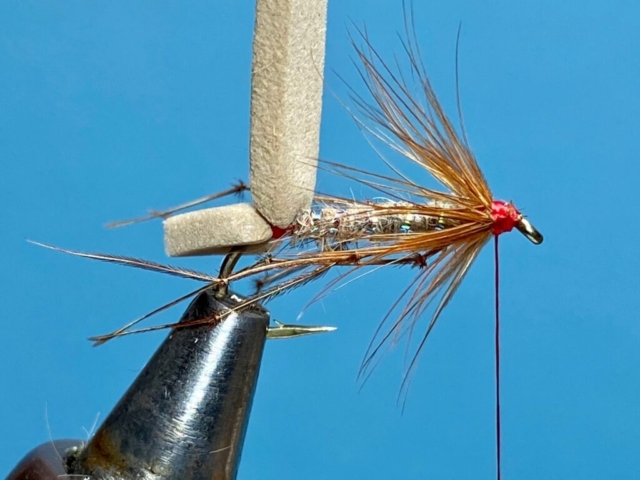

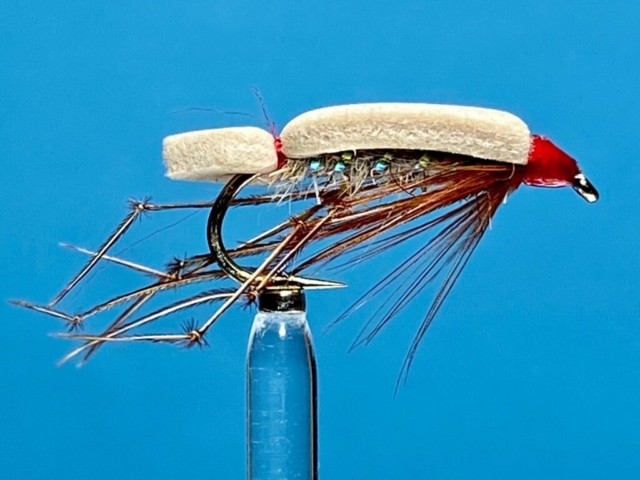

Recent Comments